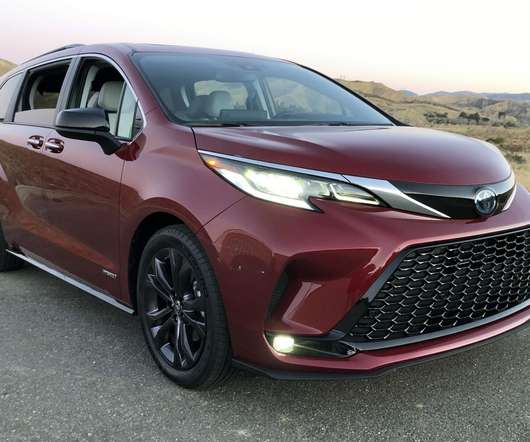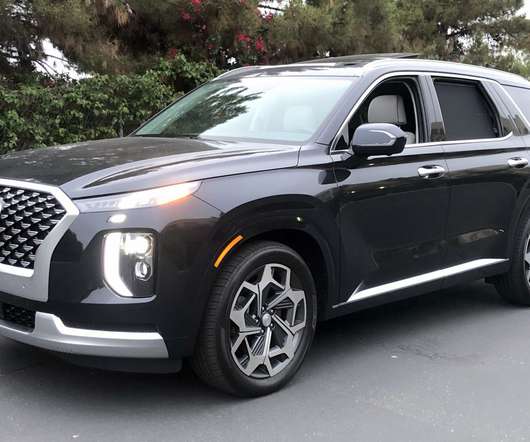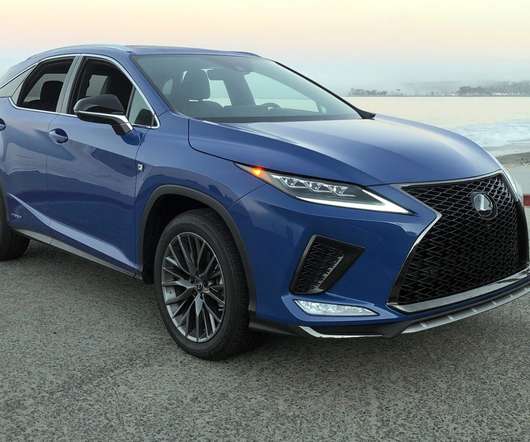DOE and EPA release annual fuel economy guide with 2013 models
Green Car Congress
DECEMBER 7, 2012
The US Environmental Protection Agency (EPA) and the Department of Energy (DOE) released the 2013 Fuel Economy Guide. The 2013 models include efficient and low-emission vehicles in a variety of classes and sizes, but notable this year is the growing availability of hybrids and the increasing number of electric vehicles.



































Let's personalize your content